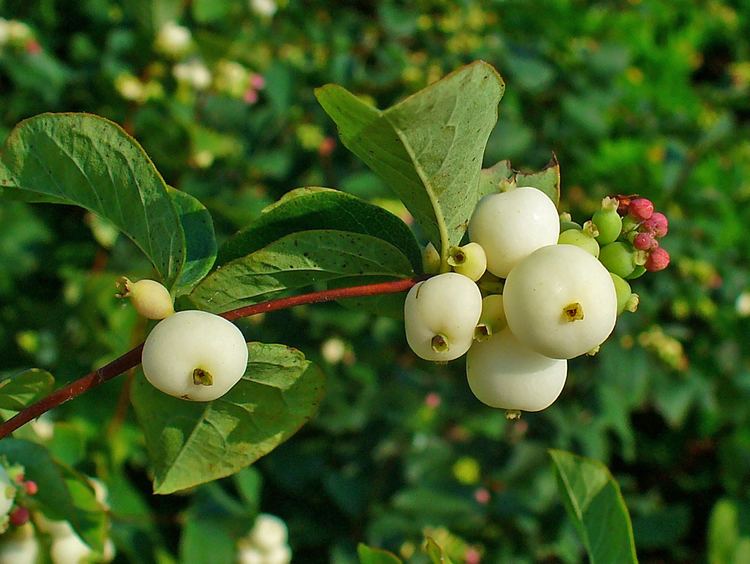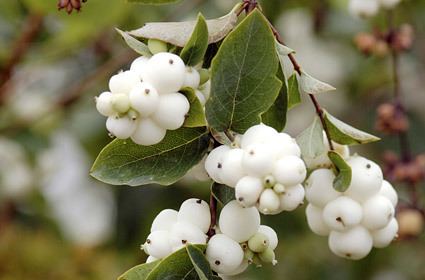Scientific name Symphoricarpos Rank Genus | ||
Lower classifications Symphoricarpos albus, Symphoricarpos × chenaultii, Symphoricarpos occidentalis, Symphoricarpos mollis | ||
Symphoricarpos garden plants
Symphoricarpos, commonly known as the snowberry, waxberry, or ghostberry, is a small genus of about 15 species of deciduous shrubs in the honeysuckle family, Caprifoliaceae. With the exception of the Chinese coralberry, S. sinensis, which is indigenous to western China, all species are native to North and Central America. The name of the genus is derived from the Greek words συμφορειν (symphorein), meaning "to bear together", and καρπος (karpos), meaning "fruit". It refers to the closely packed berries the species produce.
Contents
- Symphoricarpos garden plants
- Leafcutting bees megachile centuncularis on snowberry bush symphoricarpos
- Description
- Ecology
- Cultivation and uses
- References
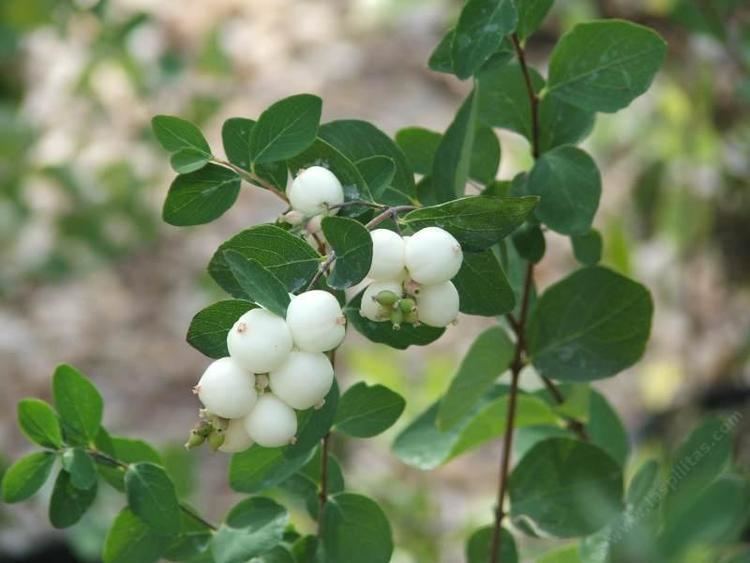
Leafcutting bees megachile centuncularis on snowberry bush symphoricarpos
Description
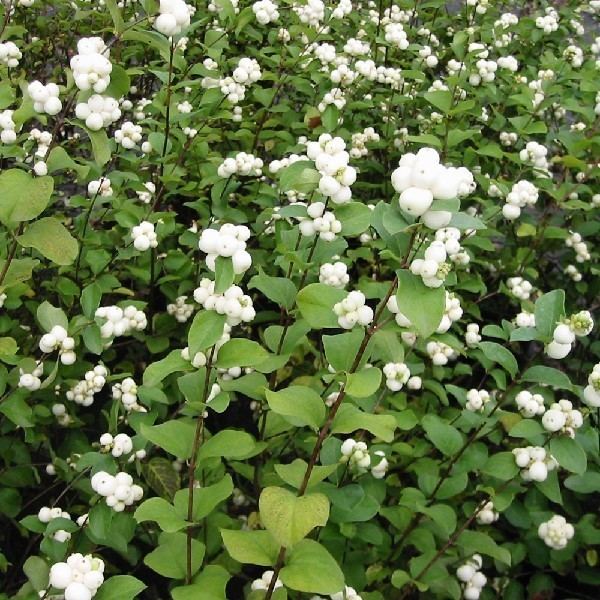
Symphoricarpos leaves are 1.5–5 cm (0.59–1.97 in) long, rounded, entire or with one or two lobes at the base. The flowers are small, greenish-white to pink, in small clusters of 5–15 together in most species, solitary or in pairs in some (e.g. S. microphyllus). The fruit is conspicuous, 1–2 cm (0.5–1 in) in diameter, soft, varying from white (e.g. S. albus) to pink (S. microphyllus) to red (S. orbiculatus) and in one species (S. sinensis), blackish purple. When the white berries are broken open, the fruit inside looks like fine, sparkling granular snow. The flesh is spongy and contains two 2–5 mm long, whitish stone seeds. The seeds are egg-shaped and more or less flattened which contain endosperm and a small embryo. They have a very tough, hard, and impermeable covering so the seeds are very hard to germinate and may be dormant for up to 10 years.
The white berries create a cracking sound when they are stepped into firm ground.
Species accepted as of August 2015
Ecology
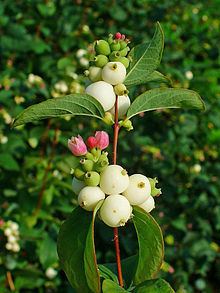
Common snowberry (S. albus) is an important winter food source for quail, pheasant, and grouse, but is considered poisonous to humans. The berries contain the isoquinoline alkaloid chelidonine, as well as other alkaloids. Ingesting the berries causes mild symptoms of vomiting, dizziness, and slight sedation in children.
Cultivation and uses
Common snowberry is a popular ornamental shrub in gardens, grown for its decorative white fruit and wildlife gardening.
